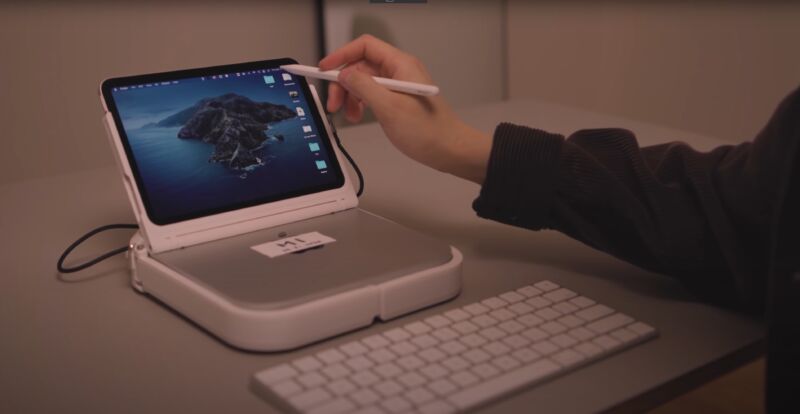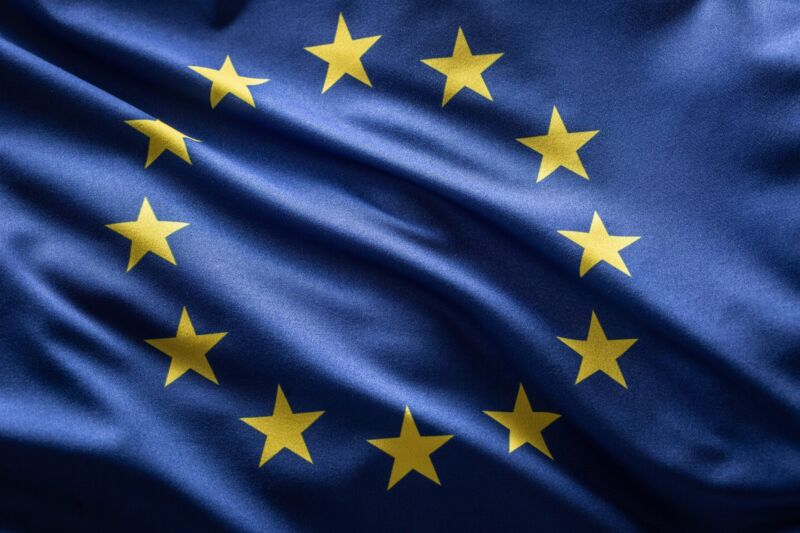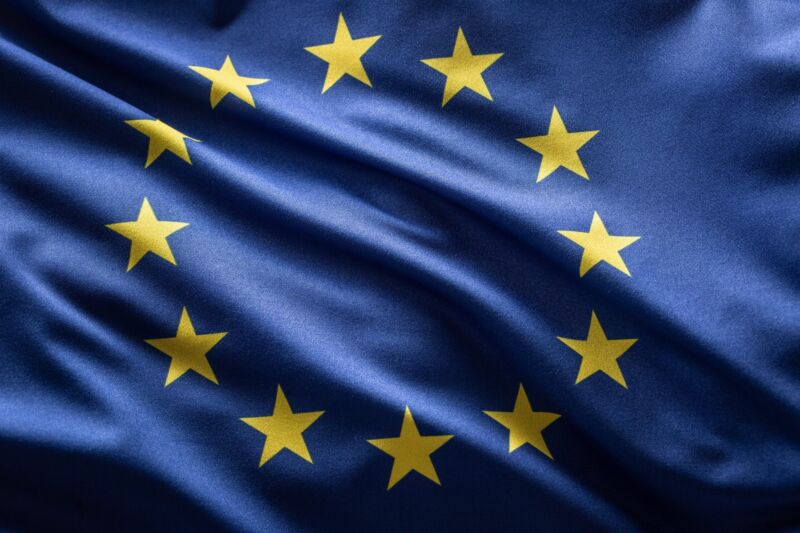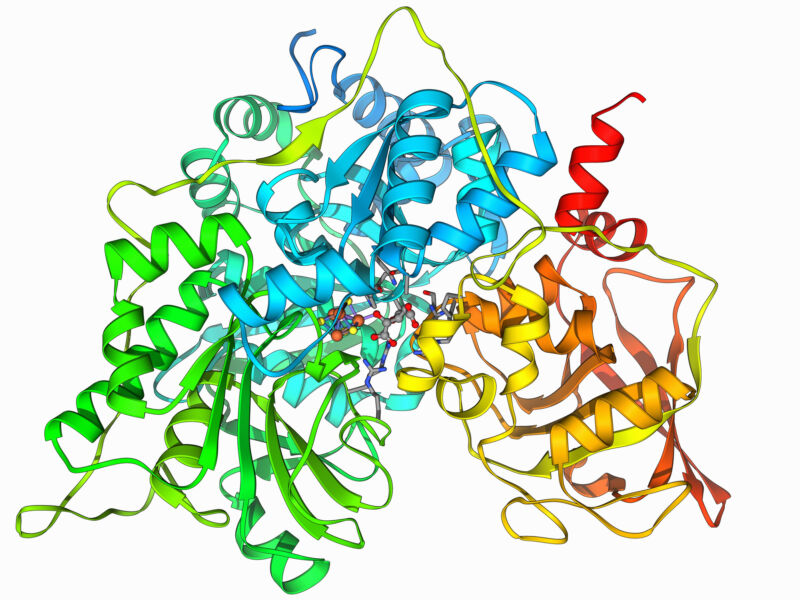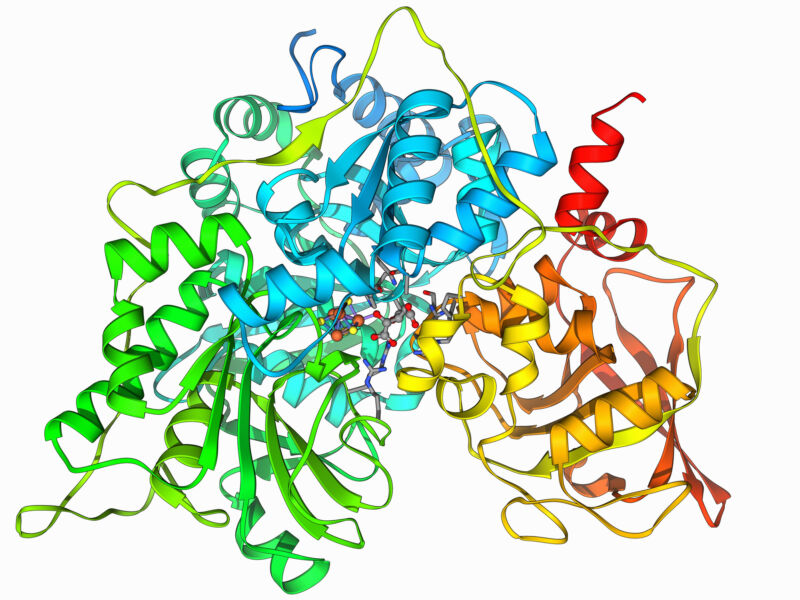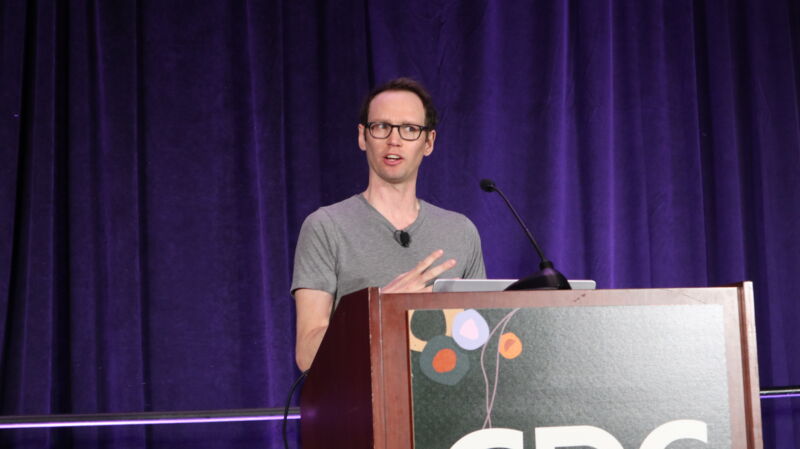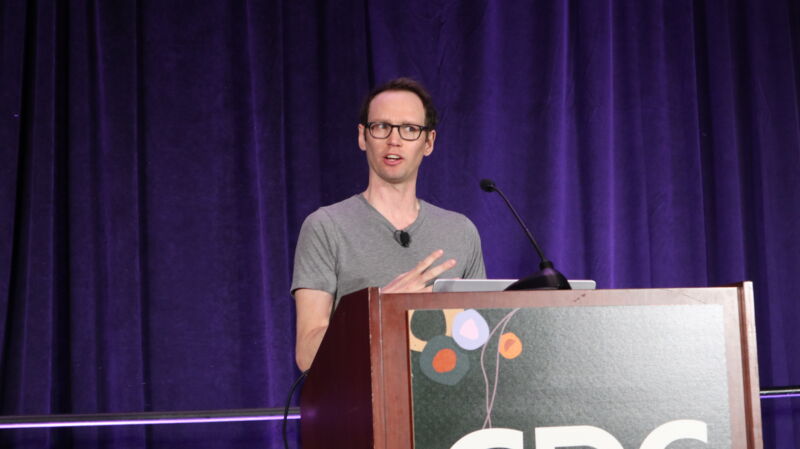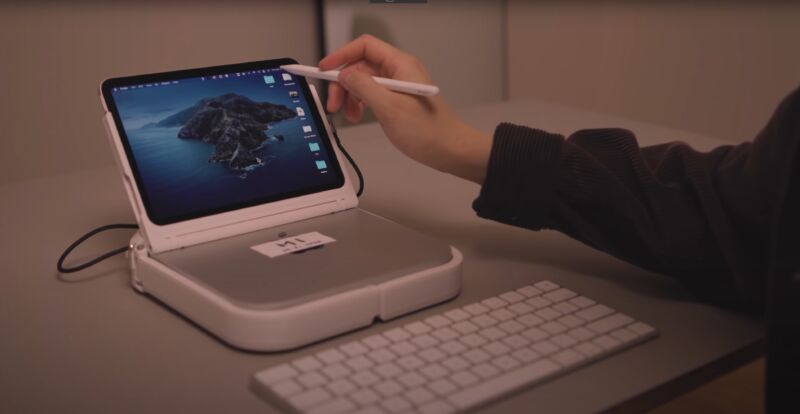
Enlarge / The device has a touchscreen instead of an integrated keyboard and touchpad. (credit: Scott Yu-Jan/YouTube)
Measuring 7.7 x 7.7 x 1.4 inches and weighing 2.6 pounds, the Mac Mini is more portable than most desktops. But to use it at, for example, a café, you also need to carry some sort of display. Instead of relegating desktop-level work to, well, the top of the desk, one maker has taken matters into his own hands. The “Portable Mac Mini,” as he calls it, is supposed to make it easier to work with the Mac Mini anywhere. It also creates a pseudo-Mac laptop with a handy feature that Apple doesn’t offer in its real clamshells.
Although the Portable Mac Mini that YouTuber Scott Yu-Jan created has a display you can angle and folds shut like a laptop, it has to be plugged in, and it doesn’t have a built-in physical keyboard.
However, the computer does have a screen attached: a 2021 iPad Mini. The tablet brings touch functionality to the Mac Mini via Duet Display, an app that basically turns iPads or iPhones into second screens. Apple doesn’t make any MacBooks with touchscreens, so the result here is a maker-made exclusive.


